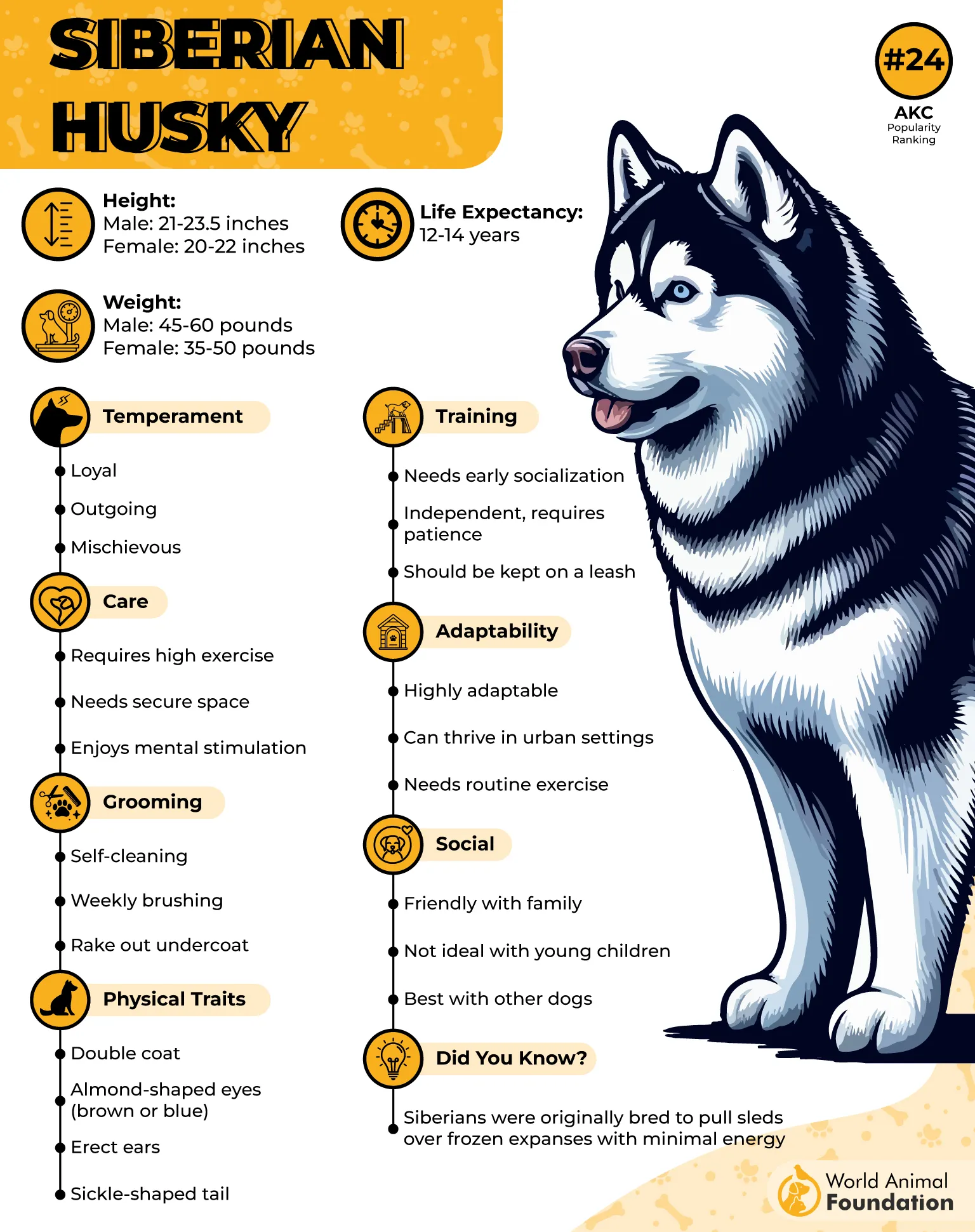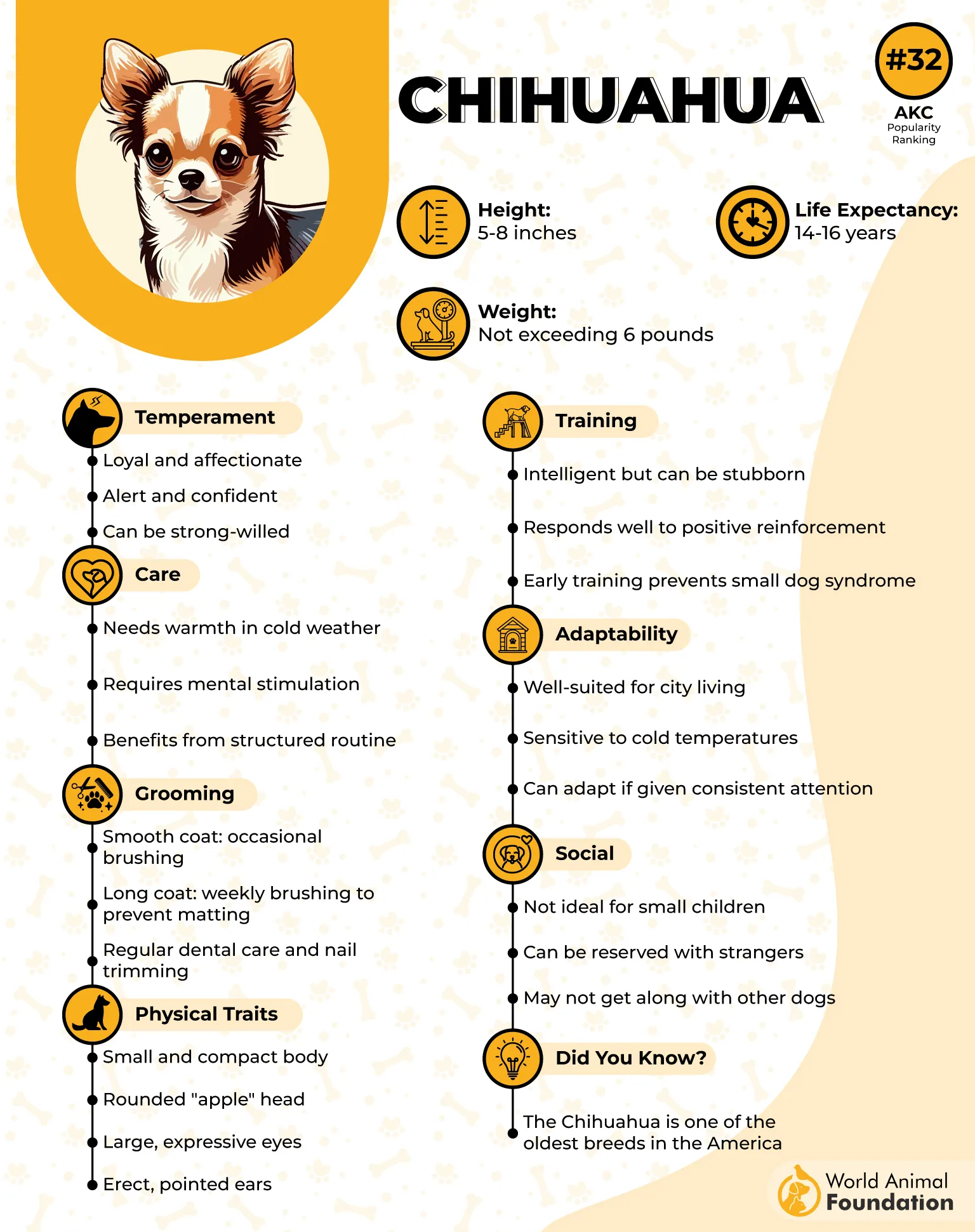There’s something sharp and jarring about the sound of a phone buzzing against a hard surface, a noise we might recognize as a notification, but to our dogs, it can be loud, unfamiliar, and disruptive. What seems minor to us may shatter their peaceful moment, triggering a sudden and often vocal reaction. This behavior is frequently tied to anxiety or stress.
For our four-legged companions, this moment is marked by a mix of confusion and curiosity. They aren’t trying to be noisy; they’re simply reacting to a strange vibration they don’t understand. It’s their natural way of asking, “What was that?” or alerting their humans to a potential disturbance.
This response is rooted in instinct. By understanding this quirky yet genuine behavior, we can better connect with our pets and appreciate their reactions. With that in mind, let’s take a look at seven dog breeds that are especially known for their dramatic responses to a vibrating phone.
Dog Breeds That Bark When Phones Vibrate on Tables
1. Siberian Husky

Siberian Huskies are famously known as the “talkers” of the dog world. With a wide range of vocalizations, including howls, “woo-woos,” and playful grumbles, they inherited their expressive nature from their sled dog ancestors, who needed to communicate across long distances.

Huskies are highly sensitive to sound, and the sudden buzz or high-pitched tone of a vibrating phone can easily startle them. This unfamiliar noise often triggers a dramatic response, either through a howl or a vocal “conversation” with their human pack.
Their reaction is not just noise for the sake of it; it’s their instinctive way of expressing surprise or concern about something strange in their environment.
2. Chihuahua

Don’t let their small size fool you, Chihuahuas have big personalities and loud voices. They are known for being alert and vocal, often barking at unexpected noises. Fiercely loyal and always attentive, they make surprisingly effective little watchdogs.

A sudden noise or vibration, like that of a mobile phone, can easily startle a Chihuahua. To them, it may feel like an unfamiliar threat invading their space or disturbing their beloved owner.
In response, they often launch into a flurry of sharp, insistent barks, sometimes out of excitement, other times as a bold display of courage. It’s their way of protecting their home from what they perceive as a buzzing intruder.
3. Yorkshire Terrier

The Yorkshire Terrier, affectionately known as the Yorkie, is a small but fearless breed. Originally bred in 19th-century England as determined rat-catchers in textile mills, Yorkies developed a bold, curious, and persistent nature. These traits are still very present in modern Yorkies and can be nurtured further through consistent, positive reinforcement training, as per PetMD.

Yorkies are extremely sensitive to sound, which makes them quick to react to even subtle noises, like a vibrating phone. This unfamiliar disturbance taps into their natural instincts to investigate and alert their family to anything unusual.
Their sharp, high-pitched bark is more than just noise; it’s their way of fulfilling what they see as their duty to guard the home. Managing this reactive behavior requires patience and proper training techniques. In some cases, working with a professional dog trainer who specializes in positive reinforcement can be especially helpful.
4. Miniature Schnauzer
Miniature Schnauzers are intelligent and energetic dogs, originally bred in Germany as versatile farm helpers and rat hunters. Their working background has shaped them into alert, vocal, and responsive companions with a strong sense of awareness.
The sudden buzz or ring of a phone is almost guaranteed to grab a Miniature Schnauzer’s attention. Their curious and lively temperament drives them to respond to unfamiliar sounds, often with a series of barks.
They’ll typically continue barking until they’ve investigated the source of the noise and feel reassured that there’s no threat. For them, it’s not just barking—it’s a mission to ensure their environment and their people are safe.
5. Pomeranian
Pomeranians are the quintessential fluffy companions, beloved for their lively and outgoing personalities. Despite their small size, they are intelligent, highly alert, and never shy about using their voices to express themselves.
Naturally curious, Pomeranians pay close attention to their environment and tend to bark at anything that catches their interest. The sudden vibration or buzz of a phone is often irresistible to them, seen either as an exciting event or a strange intrusion that warrants an immediate and loud response.
Their barking isn’t random; it’s their way of communicating, and the tone can vary from excitement to alarm. While this vocal behavior is charming and expressive, it can sometimes lead to excessive barking if not managed properly.

Still, this spirited reaction is part of what makes Pomeranians so engaging, and it’s a trait shared by many small dog breeds.
6. Dachshund
Dachshunds are known for their long bodies and bold personalities. Originally bred in Germany to hunt badgers, these small dogs developed a courageous spirit and a strong, outspoken nature. Despite their size, they often surprise people with their deep, resonant bark, which can sometimes be triggered by fear or uncertainty.
Dachshunds possess sharp hunting instincts, making them highly sensitive to sound and vibration. The sudden buzz or ring of a phone on a hard surface can resemble the rustling sounds of prey, often prompting a loud barking response.
This behavior harks back to their hunting days, when their powerful bark helped signal their location to human hunters. While they may no longer be tracking game, that strong voice remains, and it’s easily stirred by unexpected noises in their environment, as per Purina.
7. Beagle
The Beagle is a vocal and curious hound, known for its keen sense of smell and distinctive baying sound. Originally bred to hunt in packs, Beagles developed strong communication skills to coordinate over long distances; an instinct that still defines their personality today.
The high-pitched buzz or vibration of a phone can be particularly noticeable to a Beagle’s sensitive ears. This unfamiliar sound often triggers their signature response: a loud, melodic bay that reflects their deep-rooted hunting instincts.
This behavior is their way of expressing curiosity, or, in some cases, discomfort, toward a strange noise in their environment. It’s part of what makes Beagles such expressive and engaging companions.
No surprise, then, that their vocal nature and friendly disposition help make them one of the most popular dog breeds in the world.
Conclusion
Whether it’s the Husky that “talks” or the Beagle that howls, one thing is clear: some dogs are natural communicators. When a dog barks at the sound of a vibrating phone, it’s not a sign of poor behavior or mistreatment. Instead, it offers a glimpse into their instinctive world.
Each reaction, whether it’s barking behavior, howling, or whining, is a form of expression. It might signal surprise, curiosity, or a protective instinct. Once we understand this, we no longer hear just noise—we recognize a meaningful attempt at communication.
By appreciating these unique behaviors, we deepen the magical bond we share with our canine companions. A buzzing phone becomes more than just a sound; it becomes an opportunity for connection. When needed, seeking guidance from professionals, such as veterinarians or trainers who use reward-based methods, can help manage excessive reactions while honoring your dog’s personality.
In embracing their quirks, we aren’t just accepting them, we’re celebrating the love, loyalty, and individuality that make dogs such cherished members of our families.


